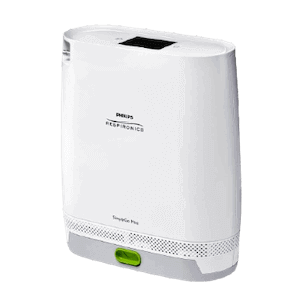Showing 1 to 4 (of 4 products)
Sort by
Please select one
Subscribe And Start Saving Today!
- Save 15% by setting up auto-deliveries. Don't worry. You can cancel anytime.
- Coupon cannot be used for Subscribe & Save products.
- Lock your low price for 12 months.
Subscribe Now, Save 10% and Ships Free!
- Save 15% by setting up auto-deliveries. Don't worry. You can cancel anytime.
- Coupon cannot be used for Subscribe & Save products.
- Lock your low price for 12 months.
- Free USPS Flat Rate or UPS Ground shipping for your current and all subsequent orders
You can compare up to 4 items at a time.




